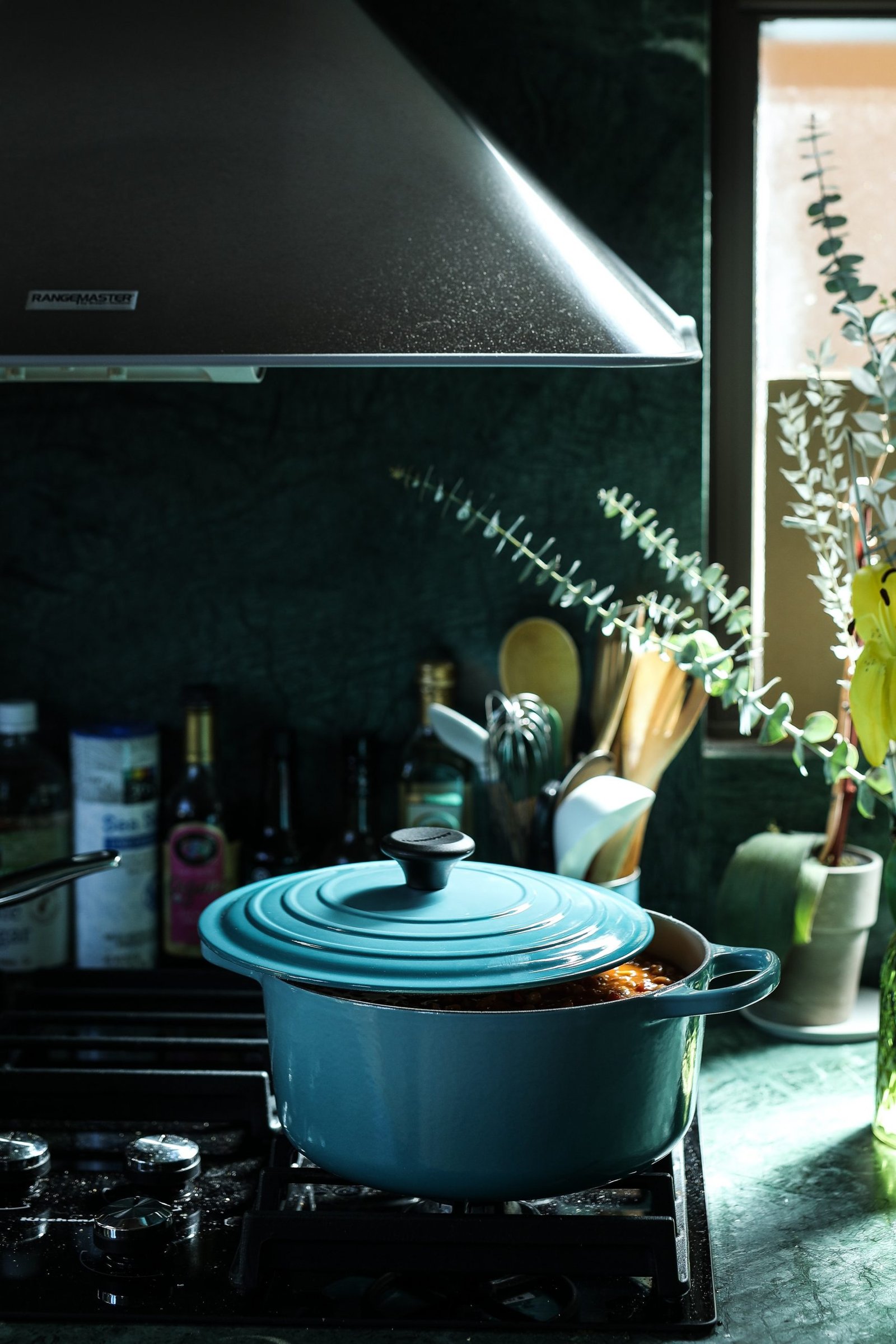Quality cooking utensils are one of the best investments you will make. There are too many choices and choosing the right product can be difficult. First of all, you need to determine what kind of chicks you will make and how many people you will cook. Selection of cookware should be based on the selection of standard equipment and, if necessary, the addition of special pots and utensils.
The first thing to consider when buying cookware is the type of material it is made of. You need to check the construction of the cookware set. The main quality to watch out for on all cooking utensils is the weight. A heavier pot or pan is placed firmly on the stove. Make sure you lift it a little.
Types of cooking utensils
Aluminium:
Aluminium is the most popular material in cookware. It is an excellent heat conductor and can evenly dissipate the heat in the pan. Aluminium can be anodized to harden the surface. Hard anodized cookware is tougher than steel and extremely durable. It’s dishwasher safe too. Compared to other ingredients, this type of cookware is also very cheap. The disadvantage is that aluminium, if left unprocessed, can easily tarnish and react with food. Therefore, we strongly recommend using nonstick aluminium internally as aluminium does not change colour or react with food easily.
Carbon steel:
Carbon steel is used in very expensive cookware and one of the cheapest cookware. It is treated like cast iron, but much lighter. It can withstand temperatures very well and is therefore especially suitable for cooking, which requires a fast heat change. The most common pots made from this material are pans and pans.
Cast iron:
Cast iron is very heavy. Although the heating time is slightly longer, heat can be evenly stored and distributed. If you want to bake, stew, stew, simmer and roast, this is your best choice. Cast iron is coated with pure iron or enamel. Bare irons must be seasoned before use. Due to the seasoning process, the surface of your pot will never be sticky for a long time. After seasoning, avoid soaking and washing with soap. Cast iron is best wiped down with a clean cloth.
Enameled cast iron offers all the advantages of cast iron. The advantage of this type of castings is that they require less maintenance and cleaning. However, some foods cannot be cooked properly using cast iron. Acidic food reacts with it and removes seasonings. In this case, all you need to do is exercise one more time.
Ceramics:
Ceramic cookware is good insulation, so it doesn’t react quickly to heat. It is usually found in a baking sheet or other forms that are great for slow cooking at a constant temperature. It is lighter than cast iron, but also more brittle. Divided into three categories: porcelain, ceramics, and faience. Porcelain is the strongest of the three and it becomes extremely tough and durable after baking. Usually, it can be used in ovens, ovens and microwaves. Ceramics have poor strength and are easy to break and scratch. This type is mainly used as a service software.
Plate Liner:
The two types of cooking utensils are used together to make full use of the two ingredients. Layered cooking utensils were then developed. In most cases, stainless steel is coated with aluminium. Aluminium can provide you with excellent thickness and thermal conductivity, while stainless steel can prevent corrosion and is easy to maintain. This type of cooking utensil will make you memorable for life. The only reason for shortening such cookware is that they are usually heavy and very expensive.
Honey:
Copper is the best heat conductor. It is best to cook in an oven where the temperature needs to be adjusted. However, copper reacts with food and is poisonous. Therefore, copper pots and pans are usually coated with another material, usually stainless steel. The main disadvantage of using honey is its maintenance. Copper stain, so sometimes it is necessary to polish the copper to remove the stain. In addition, copper is prone to dents and scratches.
Stainless Steel:
The stainless steel around the multipurpose bowl is great. Lightweight, durable and easy to clean. However, it is a poor conductor of heat, so usually many stainless steel plates have a copper or aluminium pan at the bottom to help distribute heat more evenly. The smooth surface makes stainless steel easy to clean and dishwasher safe. If you notice discolouration, you can use a stainless steel cleaner to remove natural light scratches. Stainless steel or other utensils can scratch the pan. Therefore, it is highly recommended that you use Babylonian silicone tools.
